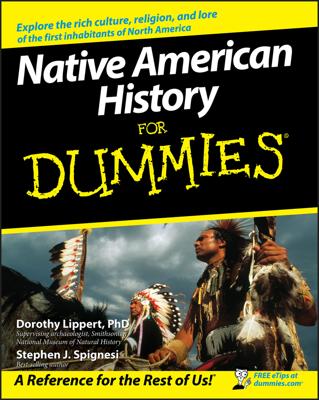Christopher Columbus was born in Genoa, Italy, in 1451, the son of a weaver. In addition to running a successful mapmaking business with his brother, Bartholomew, Columbus was a first-class sailor. He also became convinced that his ticket to fame and fortune depended on finding a western route to the Indies.
Starting in the 1470s, Columbus and his brother began making the rounds of European capitals, looking for ships and financial backing for his idea. His demands were exorbitant. In return for his services, Columbus wanted the title of Admiral of the Oceans, 10 percent of all the loot he found, and the ability to pass governorship of every country he discovered to his heirs.
The rulers of England and France said no thanks, as did some of the city-states that made up Italy. The king of Portugal also told him to take a hike. So in 1486, Columbus went to Spain. Queen Isabella listened to his pitch, and she, like the other European rulers, said no. But she did appoint a commission to look into the idea and decided to put Columbus on the payroll in the meantime.
The meantime stretched out for six years. Finally, convinced she wasn’t really risking much because chances were that he wouldn’t return, Isabella gave her approval in January 1492. Columbus was on his way.
Partly because of error and partly because of wishful thinking, Columbus estimated the distance to the Indies at approximately 2,500 miles, which was about 7,500 miles short. But after a voyage of about five weeks, he and his crews, totaling 90 men, did find land at around 2 a.m. on October 12, 1492.
It was an island in the Bahamas, which he called San Salvador. The timing of the discovery was good; it came even as the crews of the Nina, Pinta, and Santa Maria were muttering about a mutiny.
Columbus next sailed to Cuba, where he found few spices and little gold. Sailing on to an island he called Hispaniola (today’s Dominican Republic and Haiti), the Santa Maria hit a reef on Christmas Eve, 1492. Columbus abandoned the ship, set up a trading outpost he called Navidad, left some men to operate it, and sailed back to Spain in his other two ships.
So enthusiastically did people greet the news of his return that on his second voyage to Hispaniola, Columbus had 17 ships and more than 1,200 men. But this time he ran into more than a little disappointment.
Natives had wiped out his trading post after his men became too grabby with the local gold and the local women. Worse, most of the men he brought with him had come only for gold and other riches, and they didn’t care about setting up a permanent colony.
Because of the lack of treasures, they soon wanted to go home. And the natives lost interest in the newcomers after the novelty of the Spanish trinkets wore off.
Consequently, Columbus took harsh measures. He demanded tribute in gold, which the Indians didn’t have. He also divided up the land on Hispaniola and enslaved the natives, thousands of whom died. And he hanged some of the “settlers” for rebelling against his authority.
The third and fourth voyages by Columbus also failed to produce the fabulous riches he had hoped for. When he died in 1506, he was largely considered a failure. But even if Columbus was unaware that he never reached the Orient, he knew he had not failed.
“By the divine will,” he said shortly before his death, “I have placed under the sovereignty of the king and queen an ‘other world,’ whereby Spain, which was considered poor, is to become the richest of all countries.”

